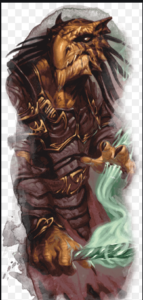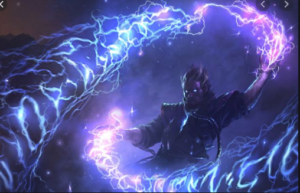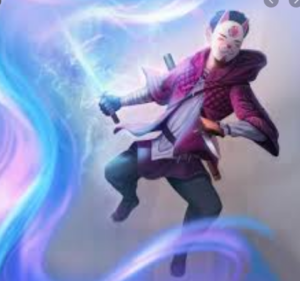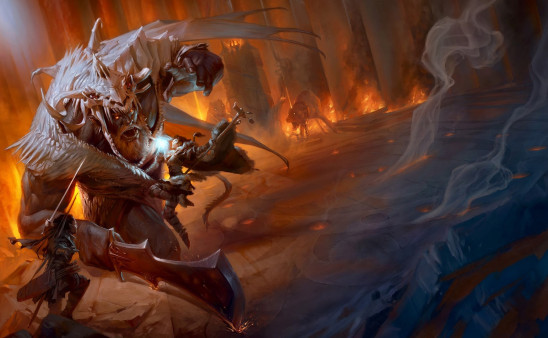Guiding bolt is about a flash of light which would go towards a creature whichever you would single out. But this game also comes under D&D of its 5th edition. Because the game keeps its own individuality that is why it so favourite of many!
Basic information about Guiding Bolt 5th edition
- Time of casting – one action
- Range – 120 feet
- Classes – cleric
- Components – V S
- Duration – 1 round
- Target – a creature of singled out within a range
- Higher spell slot Dice – one
- Higher spell slot Desc – or even higher, the damage increases by 1d6 for each slot level above 1st.
- Level – one
- Name – Guiding Bolt
- Damage type – radiant
Here, in this game a flash of light streaks towards a creature of singled out within range. One can even do this make a ranged spell attack against the target.
Even on a hit, the target would take 4d6 radiant damage and the next Attack roll made even against this target before the end of your next turn has profit. The mysterious dim light glittering on the target until then! Obviously, the game offers several things and levels which one to cross one more part of the game. You can see
- 4d6 = avg 14 + adv on next hit
- 3d10 = avg 16.5, melee range
- 3d6 = avg 10.5 + save half, multitarget (max 6)
- 2d8 = avg 9 + push, multitarget (max 8)
- 3d4 + 3 = avg 10.5 + no save, can split targets
Things to know about Guiding
It is high damage but keeps this in mind they all have their own spells and they own profits which can make them better in different circumstances. Even if the player would catch two targets with the lowest damages ones, there will be a good deal of the total damage, this is just an example.
There is no spell which names exist
At least, not in the official’s Wizards of the Coast publications. One can even invent such a spell for use at your own table (DM- permitting). The guidance bolt has many sounds of Guidance and guiding Bolt.
You can do both of things guidance and targeting invisible creature. The guiding bolt has that kind of power and potential that it let one play with its individuality. S it has 120 feet of range and that helps one to target even much more. The target has main part in playing this game which let you target the creature to the long-range.
Final words
the game has several things which you may take a look at whether they belong to your interest or not. The game belongs to the cleric and this is one of thing which player looks for. Those who are in search of something different they must play this game.
As the game utterly offer the type of damage which is radiant and that is obviously offering something to the players. Play it first then talk about the game there is a lot of ways to win this game.



